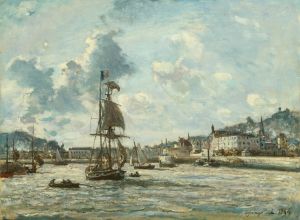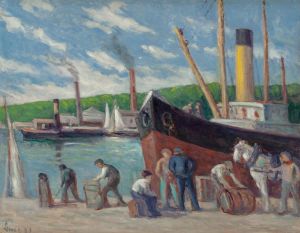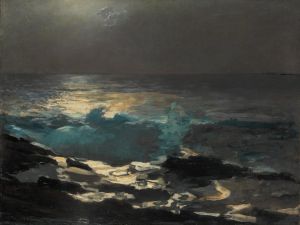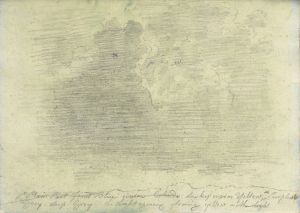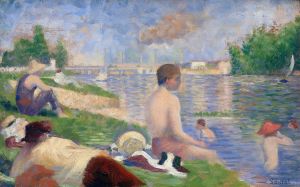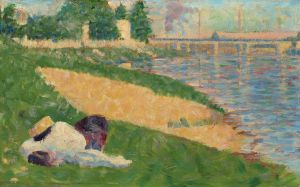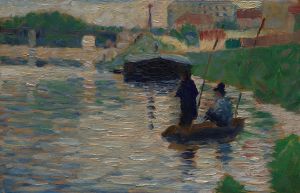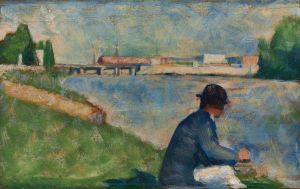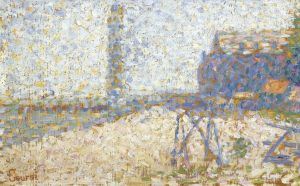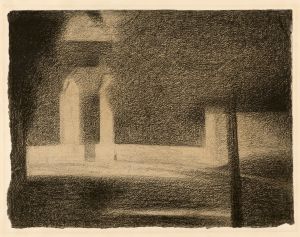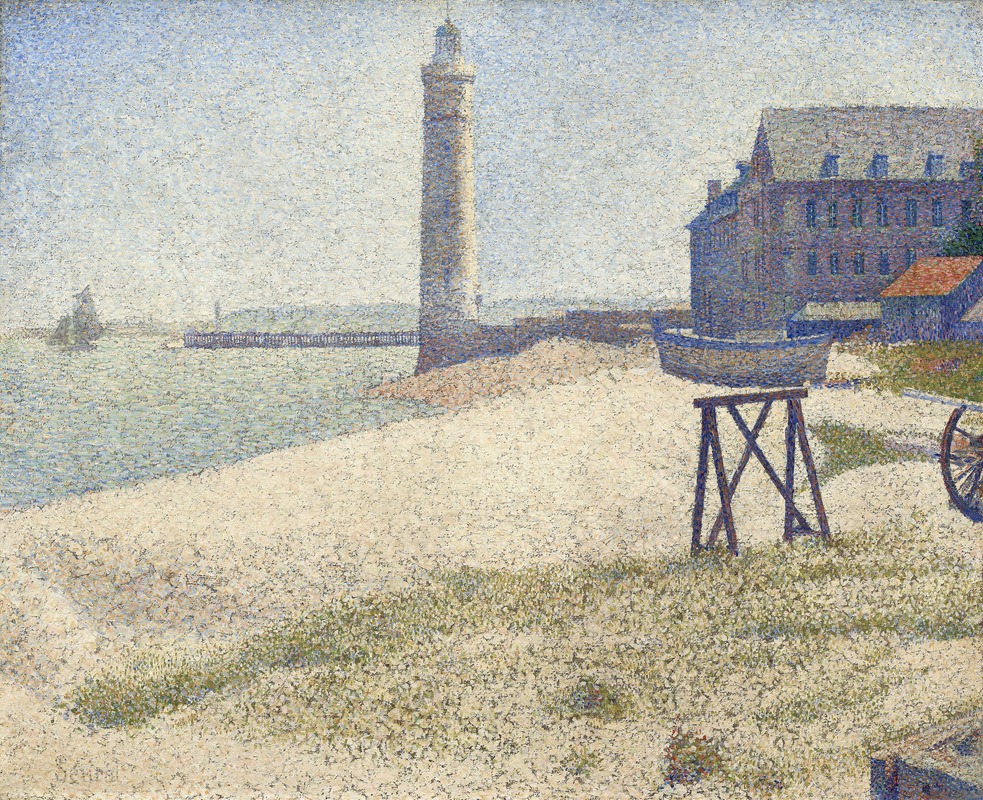
The Lighthouse at Honfleur
A hand-painted replica of Georges Seurat’s masterpiece The Lighthouse at Honfleur, meticulously crafted by professional artists to capture the true essence of the original. Each piece is created with museum-quality canvas and rare mineral pigments, carefully painted by experienced artists with delicate brushstrokes and rich, layered colors to perfectly recreate the texture of the original artwork. Unlike machine-printed reproductions, this hand-painted version brings the painting to life, infused with the artist’s emotions and skill in every stroke. Whether for personal collection or home decoration, it instantly elevates the artistic atmosphere of any space.
Georges Seurat, a French post-Impressionist painter, is renowned for his innovative use of color and technique, particularly his development of pointillism. One of his lesser-known works, "The Lighthouse at Honfleur," exemplifies his early exploration of these techniques and his interest in capturing the effects of light and atmosphere.
"The Lighthouse at Honfleur" was painted in 1886, during a period when Seurat was deeply engaged in the study of color theory and the science of optics. This painting reflects his fascination with the interplay of light and color, a hallmark of his artistic style. Seurat's approach was heavily influenced by scientific theories of color and perception, particularly the work of Michel Eugène Chevreul, Charles Blanc, and Ogden Rood. These theories posited that color could be broken down into its constituent parts and that the juxtaposition of these parts could create a more vibrant and luminous effect than traditional methods of blending pigments.
In "The Lighthouse at Honfleur," Seurat employs his signature technique of pointillism, a method characterized by the application of small, distinct dots of color. This technique allows the viewer's eye to blend the colors optically, rather than physically mixing them on the canvas. The result is a shimmering effect that captures the transient qualities of light and atmosphere, which was a central concern for many artists of the Impressionist and post-Impressionist movements.
The painting depicts a serene coastal scene in Honfleur, a picturesque port town in Normandy, France. Honfleur was a popular destination for artists in the 19th century, known for its charming harbor and the quality of light that attracted painters seeking to capture its unique ambiance. In Seurat's composition, the lighthouse stands as a central focal point, surrounded by the calm waters of the harbor and the soft hues of the sky. The use of pointillism in this work enhances the luminosity of the scene, with the dots of color creating a vibrant interplay of light and shadow.
Seurat's choice of Honfleur as a subject reflects his interest in capturing everyday scenes with a sense of timelessness and tranquility. Unlike some of his more famous works, such as "A Sunday Afternoon on the Island of La Grande Jatte," which are bustling with activity and figures, "The Lighthouse at Honfleur" is notable for its quietude and simplicity. This focus on a solitary structure within a natural setting highlights Seurat's ability to convey mood and atmosphere through his meticulous technique.
While "The Lighthouse at Honfleur" may not be as widely recognized as some of Seurat's other masterpieces, it remains an important example of his early work and his commitment to exploring the scientific principles of color and light. The painting is a testament to Seurat's innovative spirit and his enduring influence on the development of modern art. Through his pioneering techniques and dedication to his craft, Seurat has left a lasting legacy that continues to inspire artists and art enthusiasts around the world.





